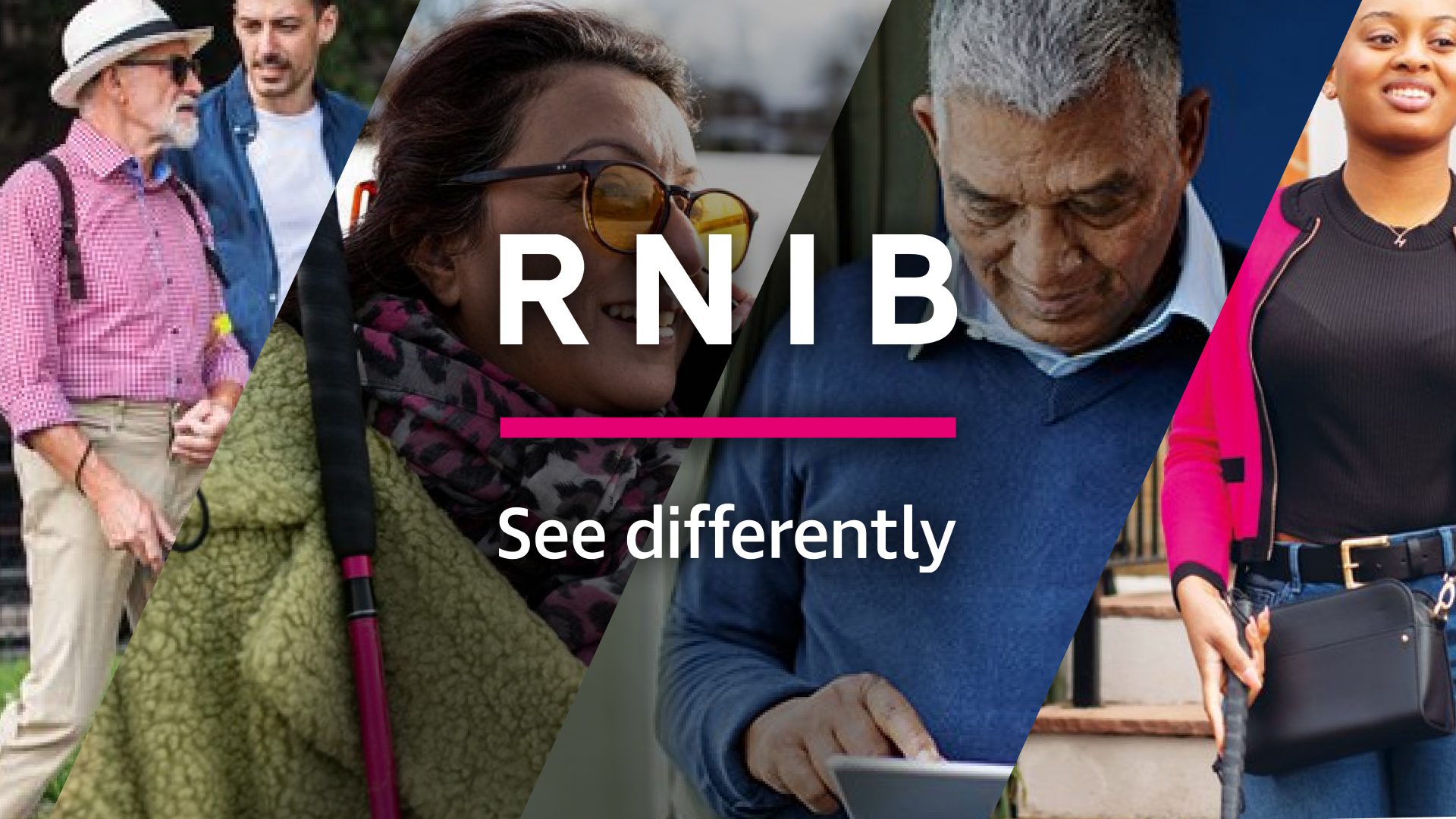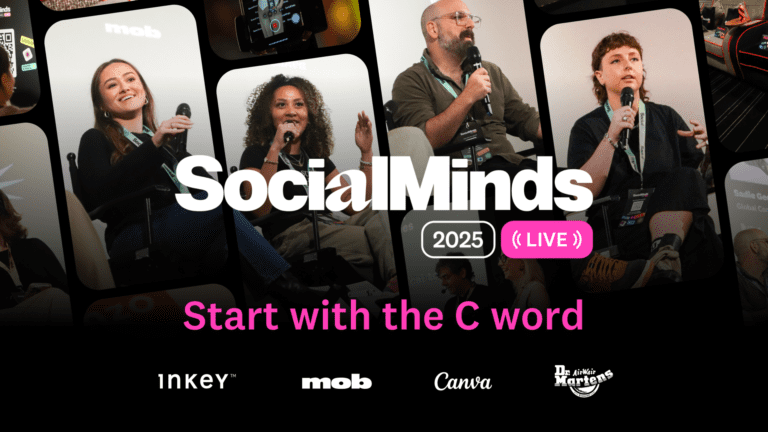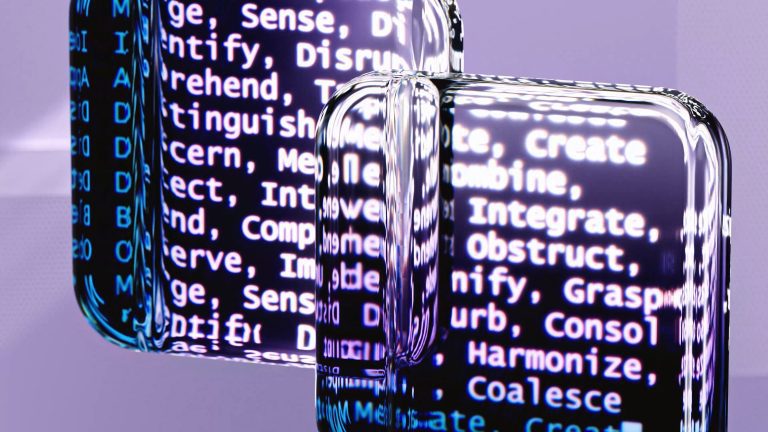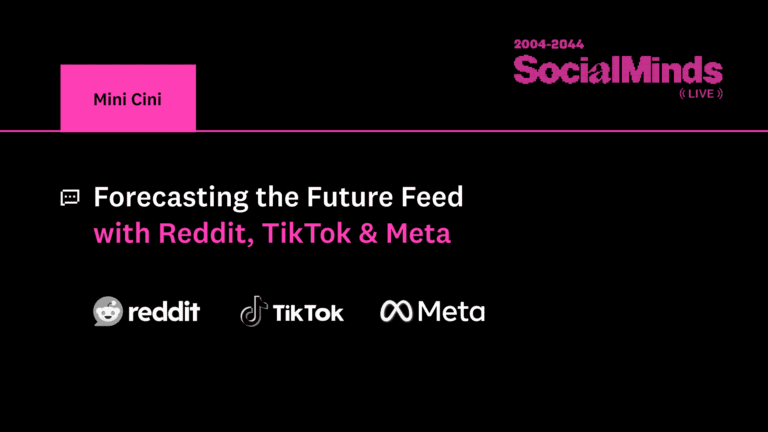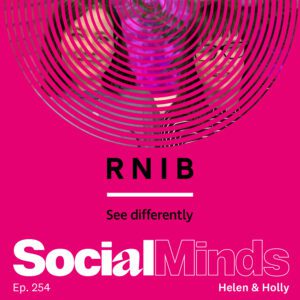10 takeaways for accessible social content with RNIB
We’re sure you don’t need reminding how Jeremy Allen White became the internet’s favourite thirst trap when his Calvin Klein ad campaign launched in January. But while some people were enjoying the view (of the New York City skyline, obviously), there was one problem. The images didn’t have alt text.
So the Royal National Institute of Blind People (RNIB)’s social team took to righting that wrong by posting the images on its own channels with alt text added, making the content accessible to people with sight loss and go viral in its own right.
Not only did this result in national press coverage, it was a perfect example of alt text best practice in action. Thanks to the work of RNIB and similar organisations championing accessibility online, it’s a topic at the forefront of marketers’ minds. Brands like Monzo, NASA and Baileys are using alt text and video descriptions, but most have a long way to go.
Thanks to RNIB’s social media officer Holly Tuke and social media content manager Helen Dutson, we’ve put together some takeaways from their SocialMinds podcast episode. Here’s how to not only make your content accessible, but find more creative and rewarding work in the process.
1. Add alt text to images.
Facebook, X, Instagram and LinkedIn all have specific features that let you add alt text when uploading some types of posts. Otherwise, you can add this manually as an image description at the end of the post caption.
“When you’re writing alt text, think of it as describing an image in the same way you’d describe it to someone you were speaking to over the phone who couldn’t see it,” says Helen. “If it’s a simple meme, make it snappy. If it’s a highly detailed image or photograph, talk about the artist’s techniques, the colours, and the feeling it evokes when you look at it.”
Don’t forget to include a written transcript of any text used in the image, as this won’t get picked up by a screen reader.
2. Use audio descriptions for videos, or make your content audio-led.
To make video content accessible, you can use audio descriptions or make the content audio-led. An audio description is an additional audio track that narrates the video’s key visual elements, inserted at natural pauses in dialogue or important sound effects.
Where audio descriptions usually need to be turned on, audio-led content is designed to be accessible from the outset. “It delivers the same message both audibly and visually, so no matter whether you’re watching it through the audio and the visuals or whether you’re just listening to the audio, you’ll still get the same message,” Holly explains.
3. Do your research.
“If you don’t have lived experience of a disability, obviously you can’t assume anything. It’s important to do your research and listen to disabled people,” says Holly.
Don’t stop at this article. RNIB has great resources on making accessible content, from social posts to emails and presentations. Holly also has an A-Z guide to accessibility on LinkedIn.
4. Accessibility doesn’t have to be complicated.
Contrary to what you might think, accessibility isn’t difficult. In its most basic form, it’s about communicating your content in the simplest, most comprehensive way. And isn’t that what effective marketing is all about?
Here’s a couple of simple switch ups to make if you’re not already doing them. One, if you’re using a hashtag with multiple words, capitalise the first letter of each word, otherwise it’ll sound like nonsense to screen reader users. And two, if you have access to X’s 4,000-character limit, opt for threads rather than one lengthy post.
5. Consider accessibility from the start of the content creation process.
Think of accessibility in the same way that you’d make a 9:16 video. It’s better to shoot in 9:16 rather than shoot in landscape and crop to make it fit 9:16, right? So consider accessibility from the outset rather than as an afterthought. In videos, try not to rely heavily on either audio or visuals and communicate the message both audibly and visually.
6. Accessibility isn’t a tick box exercise. It’s an opportunity to have fun.
From Bridgerton’s saucy audio descriptions of that Penelope and Colin carriage scene to NASA’s educational alt text – accessibility gives your content more value and provides opportunity for an additional layer of creative storytelling.
We Rate Dogs’s alt text on X, which includes descriptions of UGC images of dogs and puppies in wholesome detail, is so legendary that the founder Matt ran a how-to webinar on how other brands can follow suit with their own.
7. Ask creators and team members what they need from you to make your work accessible to them – and deliver it.
Don’t put disabled people in a box. Everyone’s needs are different.
You may need to use a specific type of document for a creator brief to make it accessible, for example. If anyone in your team has any accessibility requirements, make sure you cater to them. Go on a journey with them to find accessible software and productivity tools so they can do the same job as a sighted person without having to face obstacles.
8. Test, test, test.
Not sure if your content is accessible? Test it. Put yourself in the end user’s shoes and try out Apple’s VoiceOver or Android’s TalkBack feature, readily available on all their models, to see how your content sounds for screen reader users.
9. TikTok isn’t great for accessibility, but there are workarounds.
Don’t forget to use the text-to-speech feature for any text in your TikToks, as this won’t get picked up by a screen reader.
Helen’s top tip for making memes accessible: use CapCut. If using a meme that relies on a text caption to add context to the audio, make the meme as normal and export it twice. Then insert the first video with the audio at low volume so that the text-to-speech feature can read out the text before the duplicate video begins at normal volume.
10. Progress is more important than perfection.
RNIB’s mission isn’t to lecture or berate. It’s to educate, raise awareness, and show people how achievable it is to make accessible content. “We all make mistakes. That’s totally OK. It’s about how you learn, improve and move forward by listening to your audience and making sure that disabled people are included,” says Holly.

